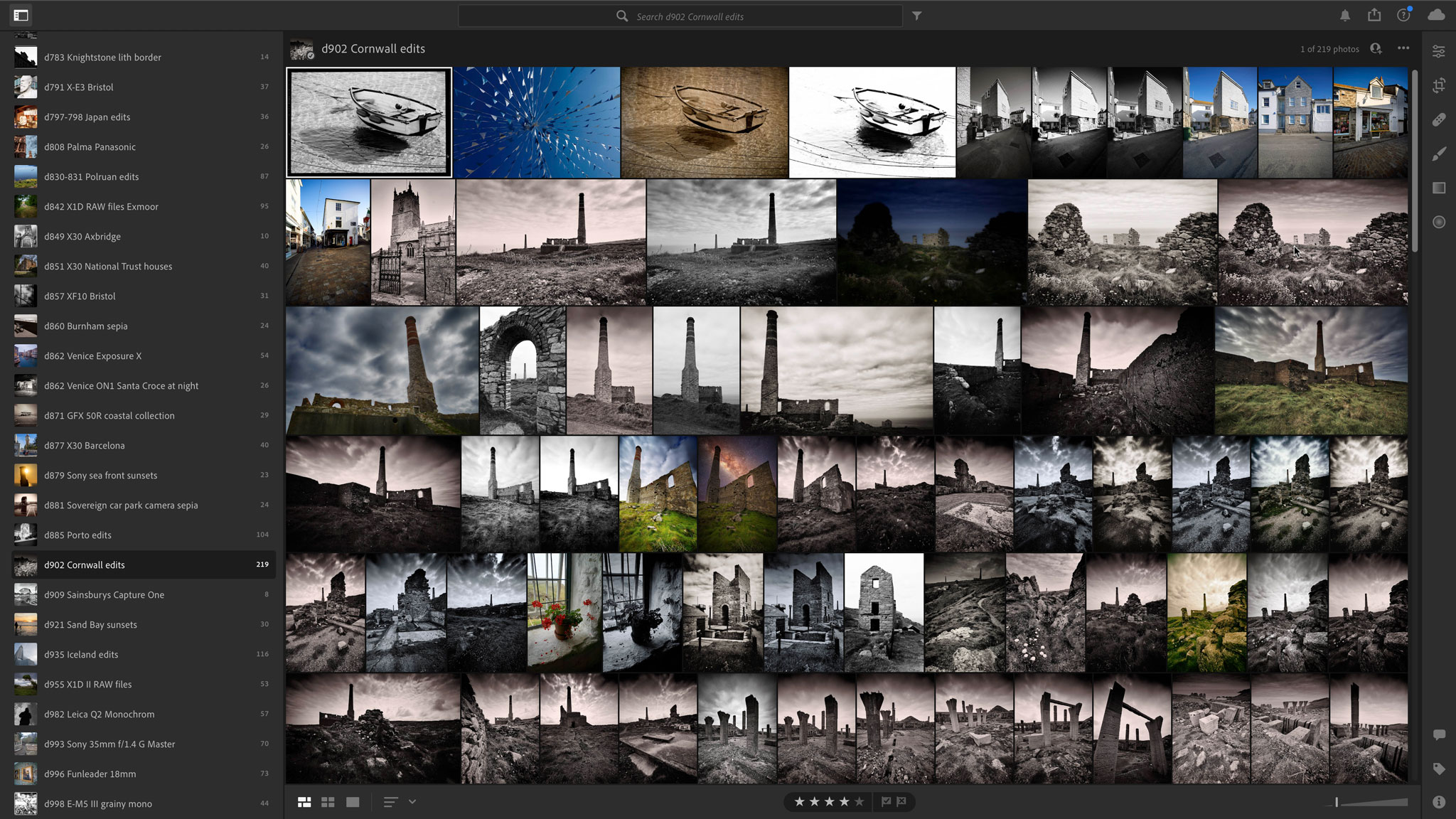What is EXIF data, and is it useful for your photography?
Every digital photo contains data about the camera and the settings, and this information can be very useful

Before digital photography came to dominate and images were captured on film, there were only two ways to know what camera settings had been used for each photo. This was relying on your memory or meticulously writing the specifics down in a notebook when each shot was taken.
While some photographers were copious note-takers, most probably relied on memory – which isn’t always the best way to retain detailed technical information.
These days, we’re much luckier. Every digital file contains EXIF information that tells us all sorts of things about the parameters of each image we’ve taken. EXIF stands for Exchangeable Image File Format, and it stores various fixed data, such as the camera and lens used, focal length, aperture, shutter speed, ISO, white balance, and whether flash was fired or not. The big question is, what do we do with this information and is it actually of any relevance?
EXIF data is your digital notebook

Regard EXIF data as a digital notebook, a useful aide-memoire that shows you everything you need to unravel the ingredients used to create a photo. When learning about photography and all its technical aspects, the data captured within the EXIF can reveal a lot, helping a photographer build up their understanding of what shutter speeds, apertures, and focal lengths do.
For example, if you look at an image and wonder why it’s not sharp enough throughout, check in the EXIF for the aperture used, and it’s possible you used one that doesn’t give enough depth of field. If there is a hint of camera movement blurring the image, then look at the shutter speed dialled in, and you’ll probably find it was too slow to handhold.
All these little bits of technical information, when analysed and compared against other photos, will help you to understand where you went wrong and how to rectify the issues next time. It’ll also mean you can see where you got it right too, so you can repeat the same process.
There’s no doubt that the learning curve with digital photography is faster to climb than the learning curve experienced with film photography. This is partly to do with the instant results, and the ability to shoot a lot without extra cost, but it’s also because EXIF information gives you instant access to lots of useful facts that can be analysed. In all post-processing software such as Adobe Bridge, Photoshop and Lightroom, the EXIF information can be read and revealed, so use it to improve your own results and climb that learning curve even faster!
Get the Digital Camera World Newsletter
The best camera deals, reviews, product advice, and unmissable photography news, direct to your inbox!
EXIF data and image cataloguing
EXIF data can do more than simply show you your shooting settings. If you use browsing or cataloguing software like Adobe Bridge or Lightroom, you can filter and sort your images using the EXIF data. For example, you could find all the photos taken on a specific day, or with a specific camera or lens. You can use EXIF data to organise your large and growing photo library in an orderly manner, saving hours of painstaking tagging and keyword entry.
Read more:
• Best cameras for beginners
• Best mirrorless cameras
• Best lenses to buy
• Best photo editing software
• DCW Dictionary of photography
Andrew makes his living as a photographer, videographer and journalist. For 26 years he was a specialist magazine editor, the last 13 of which were on Practical Photography magazine. A long-time expert in photographic techniques across many disciplines, he's a self-confessed photo generalist, and a font of creative knowledge to capturing just about any subject, although he has a strong leaning to wildlife and travel photography. Andrew's wide-ranging photography experience means he authors the long-running Photo Answers section for Digital Camera Magazine. His work as a journalist, guide and educator dovetails neatly into his commitment to Foto-Buzz - an online subscription community he founded, where Andrew writes articles, films tutorials and records blogs on all manner of photo-related subjects and techniques for enthusiast photographers.

